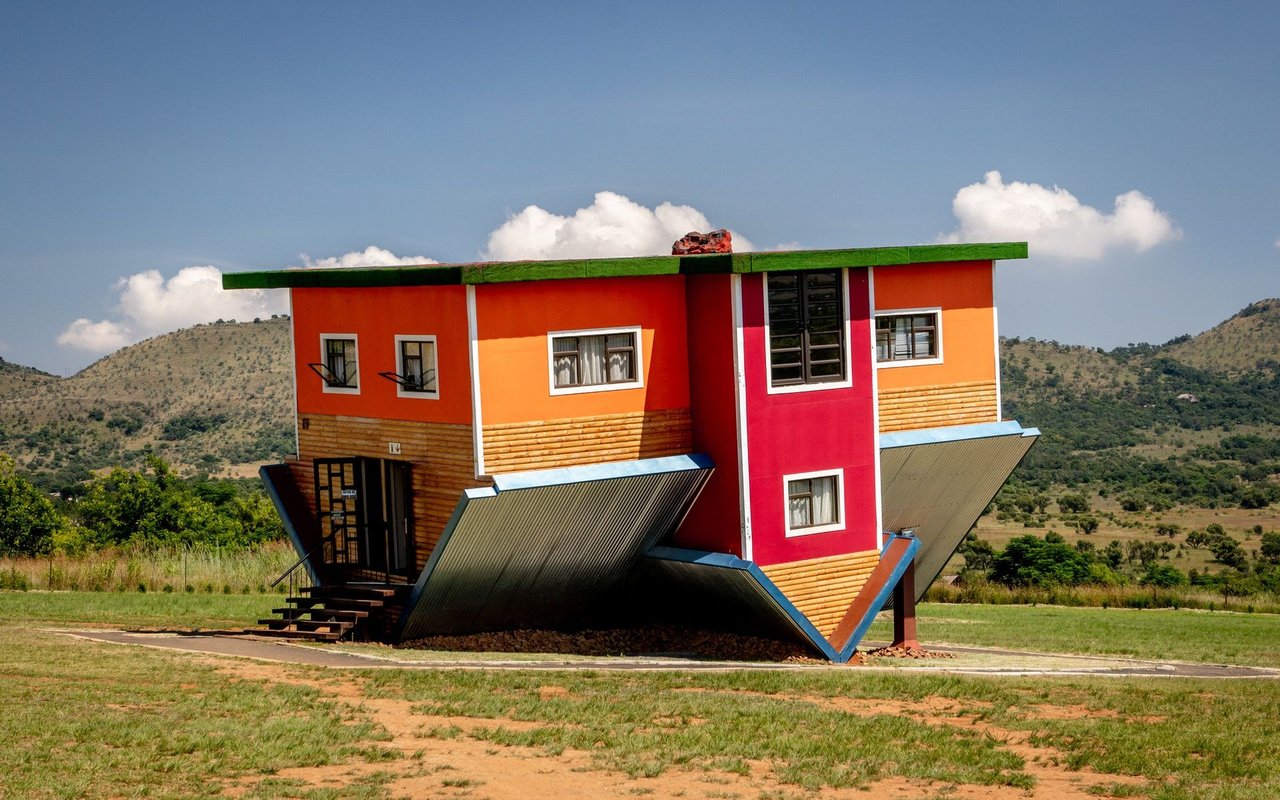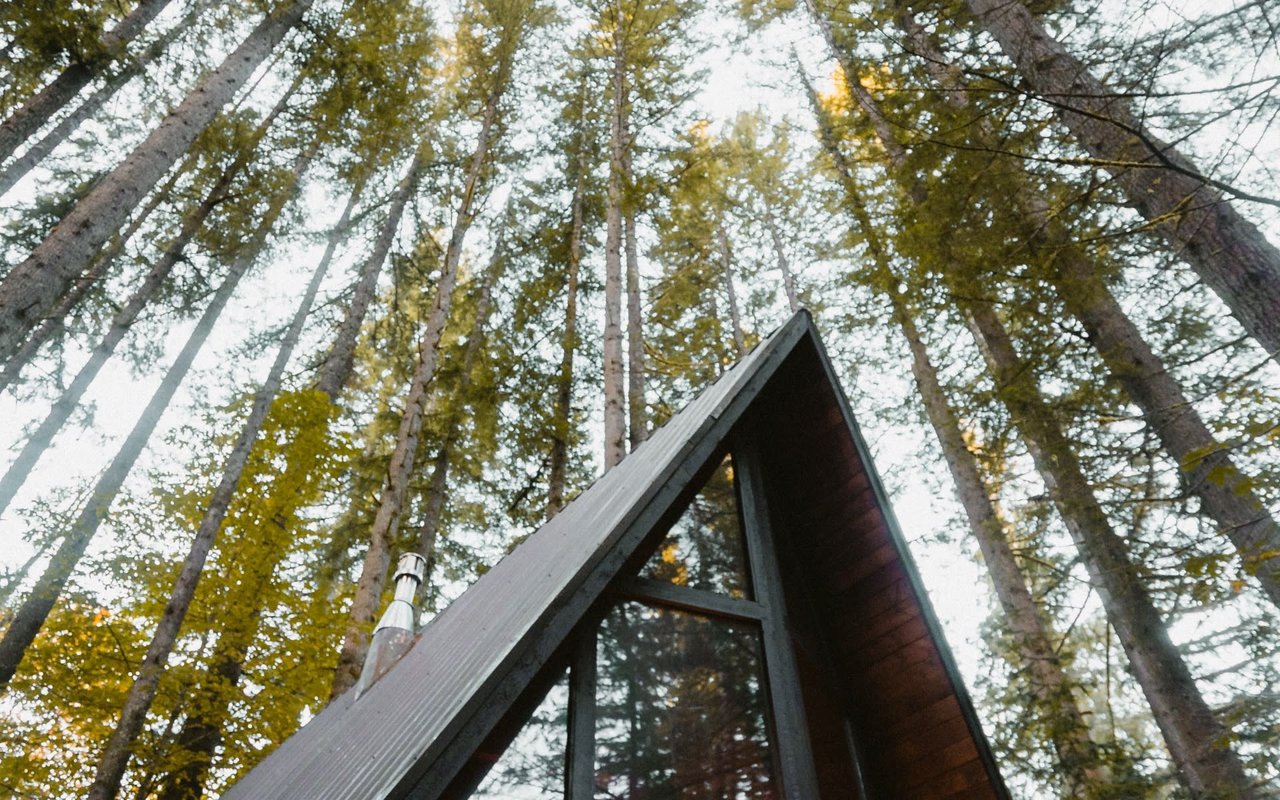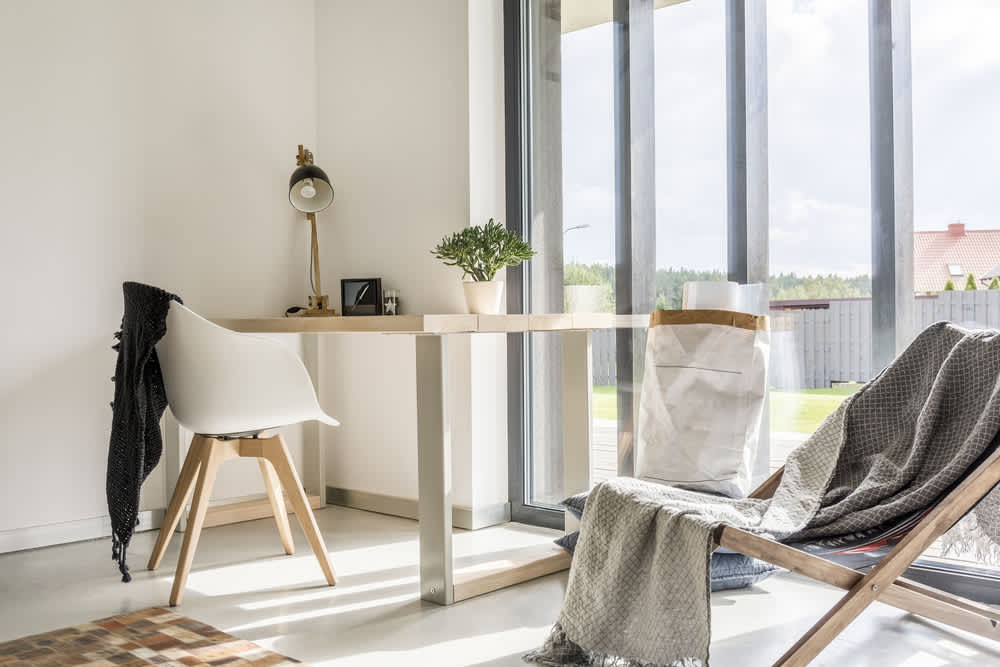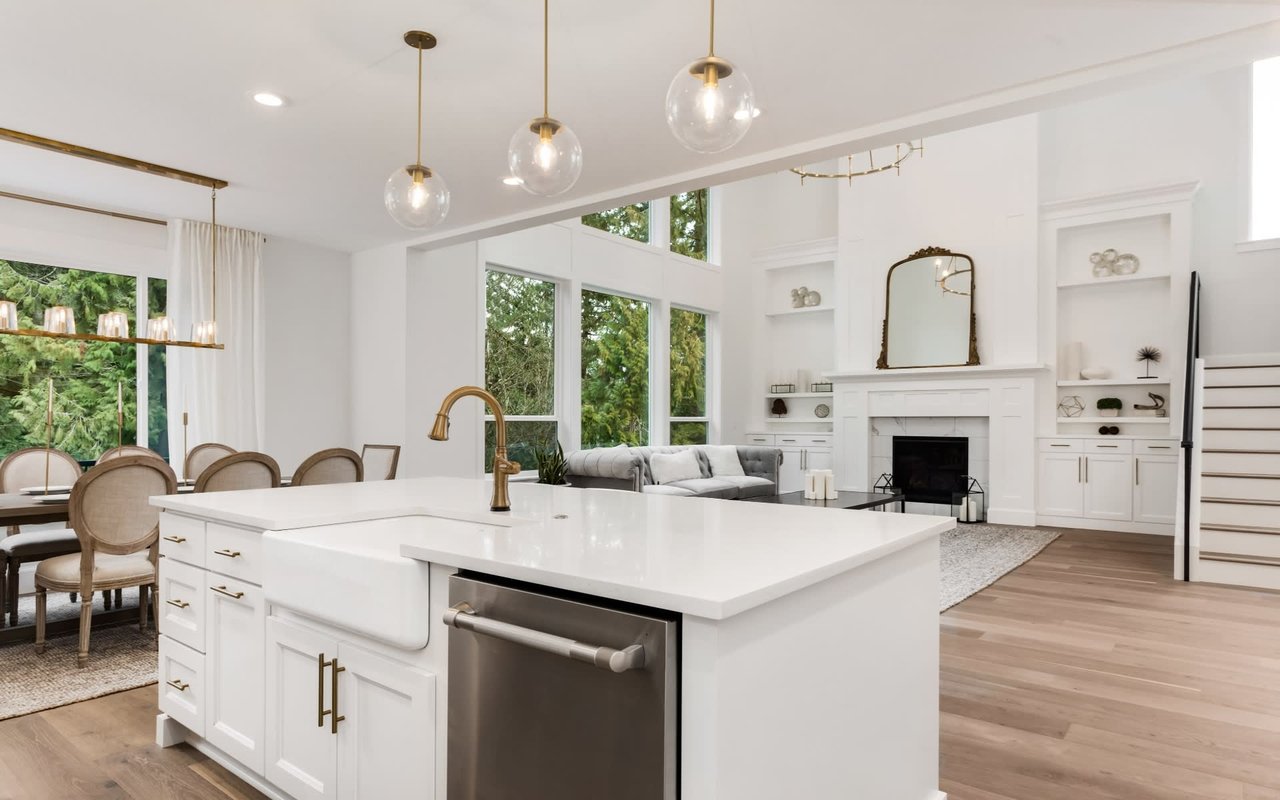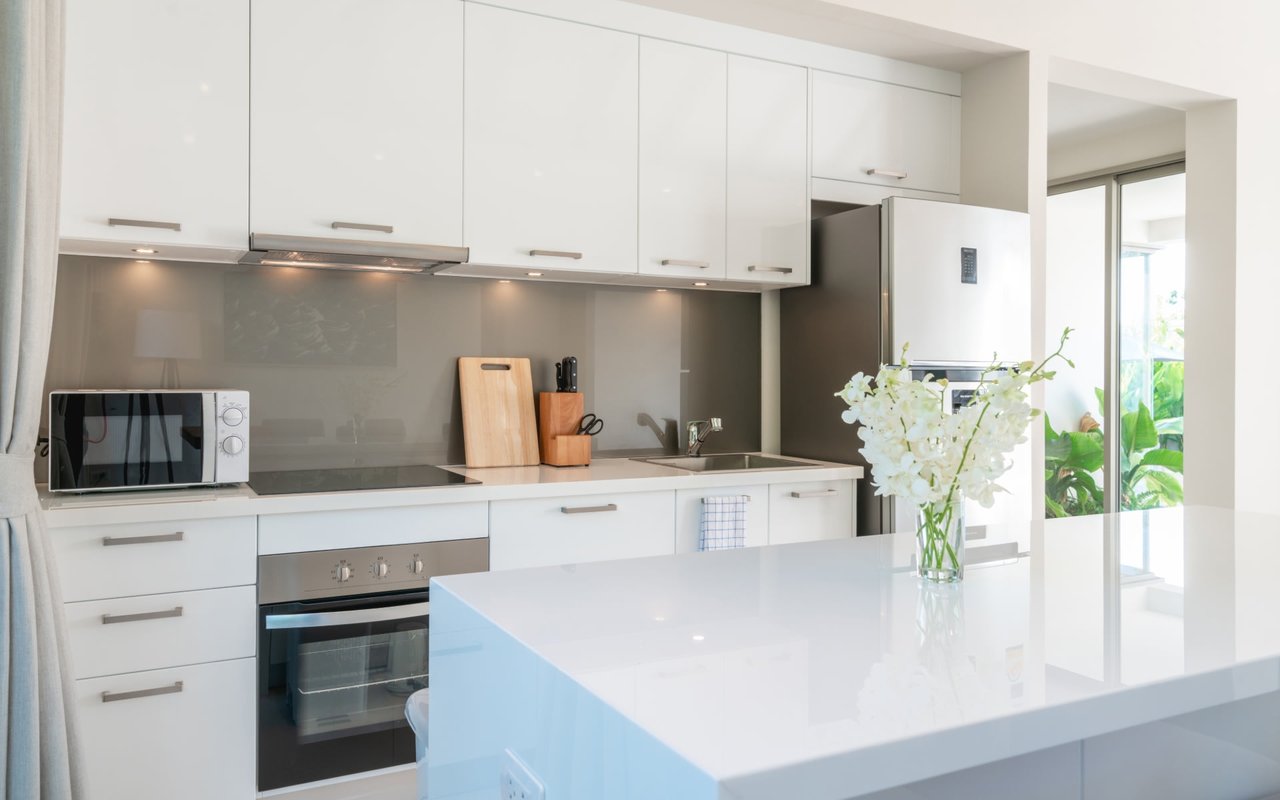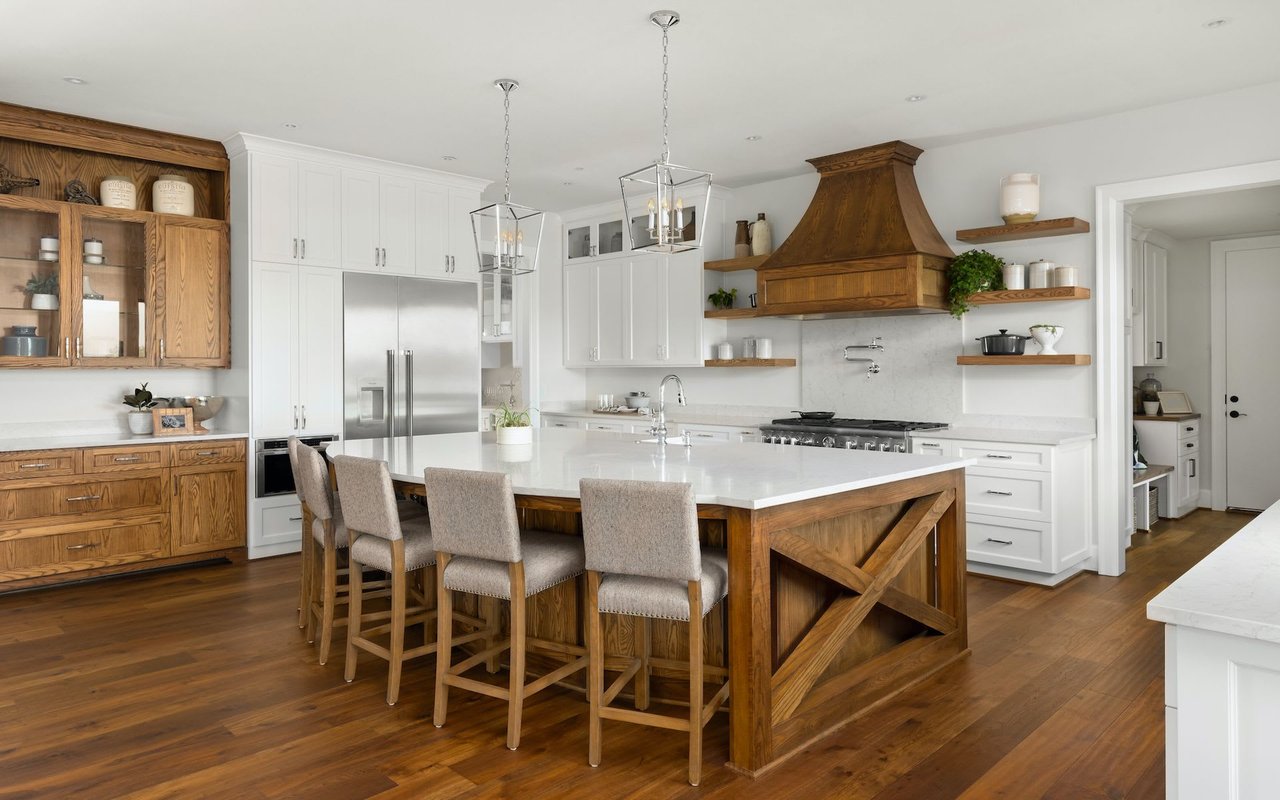The 2019 Greenwich Neighborhood Report – Greenwich Real Estate Turned Upside Down
When you look at the individual neighborhoods in Greenwich in 2019, what was traditionally down was up and several neighborhoods that have done well did poorly. Much of this was driven by a fall in buyer interest in houses between $600,000 and $2,000,000 in Greenwich. A significant factor in the drop in sales is due to the aberration wrought by 2017 tax act’s effect on the Greenwich market in 2018. The Tax Cut and Jobs Act of 2017 spurred sales in 2018 as buyers fled the higher taxes of Westchester County and for once we had enough inventory under $1 million to satisfy demand as many retired Greenwichites decided to accelerate their move to Florida . In 2019, the Westchester effect was diminished and the TCJA directly impacted Greenwich sales and prices.
|
Greenwich Totals
|
Total Sales
|
2019 vs 2018
|
|
Sales
|
526
|
-11.3%
|
|
Sum of Sales
|
$ 1,249,417,255
|
-12.1%
|
|
Average of CDOM
|
236
|
17.0%
|
|
Min of Sold Price
|
$ 450,000
|
|
|
Max of Sold Price
|
$ 18,600,000
|
|
|
Average of Sold Price
|
$ 2,375,318
|
-0.9%
|
|
Average of List Price/SqFt
|
$ 585
|
-2.5%
|
|
Average of Sold Price/SqFt
|
$ 546
|
-3.2%
|
|
Average of SP/ASMT
|
1.512
|
-6.1%
|
|
Average of SP/OLP
|
87.7%
|
-3.4%
|
For the year, the number of sales of single-family homes was down 11.3% in Greenwich. The average sold price dropped 1%. Lower sales combined with slightly lower prices meant that the total volume of sales in Greenwich dropped from $1.42 billion in 2018 to $1.25 billion in 2019 or a drop of 12%. Curiously, the median price went up from $1.77 million to $1.87 million. This happened because of the greater drop in sales under $2 million compared to a lesser drop in sales over that price. As a result, you had to go higher in the number of sales to get to our median in 2019.
All of the other indicators also showed an overall weak real estate market. Our days on market were up, and sold price/s.f., sales price to original list price and sales price to assessment ratio, were down. In 2019 the ratio of sales price to the 2015 assessment value was 1.512. Assessments are based on 70% of the Assessor’s fair market valuation so a Sales Price/Assessment ratio of 1.512 indicates prices are up 6.5% from the last reassessment date on October 1, 2015 (1.512÷(1/.7)). That same ratio was 1.61 last year or an appreciation of 13% through the end of 2018.
But not all the news was bad, several neighborhoods did better in 2019 than in 2018, so let’s take a quick look at each neighborhood ranked by their percent increase in number of sales.
|
Section
|
North Parkway
|
2019 vs 2018
|
|
Sales
|
59
|
31.1%
|
|
Sum of Sales
|
$ 193,124,350
|
24.7%
|
|
Average of CDOM
|
363
|
21.2%
|
|
Min of Sold Price
|
$ 590,000
|
|
|
Max of Sold Price
|
$ 14,875,000
|
|
|
Average of Sold Price
|
$ 3,273,294
|
-4.9%
|
|
Average of List Price/SqFt
|
$ 565
|
2.5%
|
|
Average of Sold Price/SqFt
|
$ 510
|
0.3%
|
|
Average of SP/ASMT
|
1.325
|
-14.6%
|
|
Average of SP/OLP
|
84.6%
|
-3.5%
|
Backcountry Greenwich epitomizes the Greenwich real estate world turned upside down. Ever since the Great Recession, backcountry has been the weak sister of Greenwich sales. Post-recession people wanted to live closer to town, on smaller lots, in more modest houses and with more activity around them. The spaciousness of large homes on 4 acres lots and the attendant privacy and tranquility of backcountry were not valued as much. As a result, prices have dropped fairly steadily in backcountry and that continued in 2019, but last year may be the last year that that happens.
Sales were up from 45 sales in 2018 to 59 sales in 2019 or an increase of 31%, which was the biggest sales jump of any section of town. (Actually, the biggest sales jump was in Banksville where sales went from 1 sale in 2018 to 3 sales in 2019 or a 200% increase, but this report is long enough as it is. Notably Banksville is as far north as you can get in Greenwich.) This jump in backcountry sales was concentrated in the $1 – 3 million range where sales were up 12 houses. Above $3 million sales were flat, which was a driving factor in the continued drop in average prices.
Younger buyers are going where the values are, and in 2019 the best values were in backcountry. Anytime sales are going up, prices will follow, so 2020 may look much better for backcountry. If that is the case now would be a good time to buy in backcountry Greenwich.
|
Section
|
North Mianus
|
2019 vs 2018
|
|
Sales
|
13
|
30.0%
|
|
Sum of Sales
|
$ 14,590,000
|
-11.7%
|
|
Average of CDOM
|
106
|
-9.2%
|
|
Min of Sold Price
|
$ 580,000
|
|
|
Max of Sold Price
|
$ 1,700,000
|
|
|
Average of Sold Price
|
$ 1,122,308
|
-32.0%
|
|
Average of List Price/SqFt
|
$ 481
|
-3.5%
|
|
Average of Sold Price/SqFt
|
$ 471
|
-2.3%
|
|
Average of SP/ASMT
|
1.535
|
-18.4%
|
|
Average of SP/OLP
|
95.2%
|
3.8%
|
Closer to town, North Mianus continues to be a hot area with sales up from 10 sales last year to 13 sales this year. Four sales under $800,000 and only one new construction sale pushed the average sales price down by 32%, but the average sold price per square foot was only down 2% so values are doing OK. Developers are definitely looking for more properties to redevelop in this busy area.
|
Section
|
Old Greenwich
|
2019 vs 2018
|
|
Sales
|
96
|
14.3%
|
|
Sum of Sales
|
$ 224,682,160
|
22.4%
|
|
Average of CDOM
|
174
|
-2.3%
|
|
Min of Sold Price
|
$ 480,000
|
|
|
Max of Sold Price
|
$ 11,000,000
|
|
|
Average of Sold Price
|
$ 2,340,439
|
7.1%
|
|
Average of List Price/SqFt
|
$ 677
|
-2.9%
|
|
Average of Sold Price/SqFt
|
$ 639
|
3.5%
|
|
Average of SP/ASMT
|
1.546
|
-6.3%
|
|
Average of SP/OLP
|
89.6%
|
-2.1%
|
The village of Old Greenwich continues to drive sales in what was a significantly down year for Riverside. Sales increased from 84 houses to 96 houses with the average sales price and average sales price/sf were both up. While cumulative days on market were down it wasn’t all good news for OG with the sales price assessment ratio and the average sales price to original list price also down.
When you see the various price change stats moving in different directions, it means the market is also mixed with some areas and price ranges doing better than others. As you can see from the difference between the minimum sales prices and maximum sales price, Old Greenwich, for a comparatively small area, is a surprisingly heterogeneous place with ultra-high-end sales on the waterfront and modest sales on small lots north of the Post Road.
Old Greenwich and Riverside sales traditionally move together, but not in 2019. Old Greenwich sales were up 22%, while Riverside sales were down 37%. One factor potentially driving this disparity in market demand is the downtown area and its desirability for those who like to walk to shops and meet their neighbors. This desire has been emphasized quantified by the major real estate websites like Zillow that promote “walkability” scores for houses.
|
Section
|
Byram
|
2019 vs 2018
|
|
Sales
|
14
|
7.7%
|
|
Sum of Sales
|
$ 18,532,000
|
-39.8%
|
|
Average of CDOM
|
158
|
-21.7%
|
|
Min of Sold Price
|
$ 450,000
|
|
|
Max of Sold Price
|
$ 6,500,000
|
|
|
Average of Sold Price
|
$ 1,323,714
|
-44.1%
|
|
Average of List Price/SqFt
|
$ 484
|
-15.6%
|
|
Average of Sold Price/SqFt
|
$ 451
|
-16.9%
|
|
Average of SP/ASMT
|
1.796
|
2.8%
|
|
Average of SP/OLP
|
87.1%
|
-5.6%
|
Byram sales were also up this year, as we actually saw an increase in sales under $600,000 and Byram has the largest number of houses in that price range. Traditionally, we are supplied constrained under $600,000, but we did see a little bump up in inventory, which led to increased sales. At the same time, we saw a drop in sales along Byram Shore Road where some of Greenwich’s most expensive houses are. While the number of these sales is small, the tail definitely wags the door here. Last year 207 Byram Shore Road sold for $17 million, this year the highest sale on that road was $6.5 million (but see South of Post Road report below), the result was a drop in average price statistics.
The one exception is to this is the sales price to assessment ratio which went up 2.8%. Since this is a ratio, high-end sales are not as much of a factor. This ratio was up 3% int 2019 and up 26% since October 2015 when the last revaluation was done.
|
Section
|
Pemberwick
|
2019 vs 2018
|
|
Sales
|
11
|
0.0%
|
|
Sum of Sales
|
$ 8,130,500
|
5.5%
|
|
Average of CDOM
|
208
|
60.4%
|
|
Min of Sold Price
|
$ 475,000
|
|
|
Max of Sold Price
|
$ 1,215,000
|
|
|
Average of Sold Price
|
$ 739,136
|
5.5%
|
|
Average of List Price/SqFt
|
$ 417
|
2.9%
|
|
Average of Sold Price/SqFt
|
$ 400
|
1.5%
|
|
Average of SP/ASMT
|
1.695
|
3.6%
|
|
Average of SP/OLP
|
93.3%
|
-1.1%
|
Pemberwick was the dividing line between up and down neighborhoods. Sales were flat in Pemberwick with 11 houses sold, but most other stats showed an improving market. The average sold price was up 5.5% and the SP/Assessment ratio was up 3.6%. It did however take longer for a house to sell and buyers were getting a little more discount this year, but a 93% sales price to original list price ratio is still very good. (NB: In NYC and some other areas, pundits use the sales price to last price ratio and this number is usually in the mid to high 90s. I prefer to use the SP/OLP ratio rather than the SP/LP ratio as to me it’s a better indicator of seller’s price expectations. So, when you see their SP/LP ratio as being much higher than these numbers in Greenwich it’s an apples to oranges comparison.)
|
Section
|
South of Post Road
|
2019 vs 2018
|
|
Sales
|
49
|
-15.5%
|
|
Sum of Sales
|
$ 162,507,300
|
20.7%
|
|
Average of CDOM
|
253
|
16.0%
|
|
Min of Sold Price
|
$ 550,000
|
|
|
Max of Sold Price
|
$ 18,600,000
|
|
|
Average of Sold Price
|
$ 3,316,476
|
42.8%
|
|
Average of List Price/SqFt
|
$ 781
|
9.6%
|
|
Average of Sold Price/SqFt
|
$ 726
|
6.3%
|
|
Average of SP/ASMT
|
1.739
|
-0.9%
|
|
Average of SP/OLP
|
87.9%
|
-4.2%
|
South of the Post Road includes, Chickahominy, downtown Greenwich and Belle Haven so we get a very broad range of prices. For this section sales were down 16% from 58 sales in 2018 to 49 sales in 2019. We did have a major jump in the average price, but this is because some houses on Byram Shore Road, which are technically south of the Post Road, but should be listed in Byram got listed in the GMLS’s South of the Post Road section and one of these sales was for $18,000,000, which definitely helps your averages.
Over the last few years, all the neighborhoods in this area have done well. You literally can’t get any closer to town and the shoreline properties are always in demand. While there was a slight drop in the SP/Assessment ratio it is still up 22% from the October 2015 revaluation.
|
Section
|
South Parkway
|
2019 vs 2018
|
|
Sales
|
129
|
-19.9%
|
|
Sum of Sales
|
$ 381,048,183
|
-23.3%
|
|
Average of CDOM
|
287
|
28.9%
|
|
Min of Sold Price
|
$ 550,000
|
|
|
Max of Sold Price
|
$ 9,300,000
|
|
|
Average of Sold Price
|
$ 2,953,862
|
-4.2%
|
|
Average of List Price/SqFt
|
$ 575
|
-5.0%
|
|
Average of Sold Price/SqFt
|
$ 531
|
-6.9%
|
|
Average of SP/ASMT
|
1.413
|
-4.4%
|
|
Average of SP/OLP
|
84.1%
|
-5.6%
|
The biggest decline in house sales was South of the Parkway with sales dropping from 161 in 2018 to 129 in 2019 or a drop of 20%. This is curious, since as we saw, backcountry sales did very well last year. One reason for the difference between backcountry (sales up 31%) and mid-country (sales down 20%) maybe Armonk, NY.
When you look at where the sales are in backcountry in 2019, you’ll see a group of sold homes along the very northern border with New York State. Armonk has gone from a sleepy little town to a place with a lot of restaurants and new shopping venues. East of Armonk, Bedford, NY is still sleepy, but it does have a very cool recently created community playhouse which is very popular. Last year I listed the very last house on Round Hill Road, and it went to contract in 57 days, whereas in 2018 when the extreme northern part of Greenwich was slower it sat on the market for 273 days.
Mid-country shows the impact of the repricing of Greenwich under the TCJA’s limitation on property tax deductions. For lots of buyers the loss of SALT deductions over $10,000 means it’s going to be more expensive to own a house in Greenwich. At the higher priced ranges, this loss of property tax deductions is not as painful, as it is for people in houses under $2 million who are much more conscious of their monthly payment. This effect has hit home in this neighborhood.
| Section |
Riverside |
2019 vs 2018 |
| Sales |
78 |
-22.8% |
| Sum of Sales |
$ 155,759,962 |
-36.5% |
| Average of CDOM |
202 |
11.9% |
| Min of Sold Price |
$ 555,000 |
|
| Max of Sold Price |
$ 6,400,000 |
|
| Average of Sold Price |
$ 1,996,923 |
-17.7% |
| Average of List Price/SqFt |
$ 581 |
-8.1% |
| Average of Sold Price/SqFt |
$ 548 |
-9.1% |
| Average of SP/ASMT |
1.574 |
2.4% |
| Average of SP/OLP |
89.8% |
-1.9% |
Sales were down in most areas of the town, but in Riverside the sale drop was just downright weird. While many agents have mentioned Old Greenwich’s walkability to town and having Greenwich Point, OG has always had these benefits so what happened in 2019? The better question going forward for Riverside, is whether 2019 is just an anomaly or will this be the beginning of a trend with OG out pacing Riverside.
In 2019 the Riverside market was a real challenge. A house I listed in Riverside, that I thought would fly off the market didn’t, and the listing was cancelled. Developers are still active however and I did get a teardown in Riverside under contract to a developer. In 2020 sellers in Riverside will need to be aggressive on their pricing to stand out in this slow market.
One thing, that Riverside, and others of town should definitely look at is creating some small neighborhood commercial areas. If you look at the area from Riverside Elementary, past Eastern Middle School to Ada’s and around to the train station, there is a lot of non-residential property. If you created zoning for retail, daycare, play areas, etc. along that arc, we could have a win-win situation. The House eligible for commercial/non-profit activities would go up. With better walkability and more community meeting places, demand for houses and hence prices would go up in this newly walkable area – just a thought.
|
Section
|
Glenville
|
2019 vs 2018
|
|
Sales
|
26
|
-23.5%
|
|
Sum of Sales
|
$ 31,038,000
|
-17.4%
|
|
Average of CDOM
|
227
|
18.3%
|
|
Min of Sold Price
|
$ 565,000
|
|
|
Max of Sold Price
|
$ 2,250,000
|
|
|
Average of Sold Price
|
$ 1,193,769
|
8.0%
|
|
Average of List Price/SqFt
|
$ 423
|
-1.1%
|
|
Average of Sold Price/SqFt
|
$ 395
|
-3.0%
|
|
Average of SP/ASMT
|
1.511
|
-13.3%
|
|
Average of SP/OLP
|
87.7%
|
-2.6%
|
Glenville had been one of our areas that had appreciated the most as people were priced out of Old Greenwich, Riverside and downtown Greenwich. The new Glenville Elementary and an award-winning principal at Western Middle School were making a big impact on the Glenville area. This year the TCJA got to Glenville with sales down by almost a quarter and most stats trending towards a buyer’s market.
The $10,000 limit on tax deductions applies to state and local taxes. While our local property tax hits $10,000 around $1.2 million, most homeowners are also paying state income tax. If you have a $600,000 house and you have a joint taxable income of $110,000, (which you’ll need to buy the $600,000 house) you will have $10,000 of SALT deductions, which means just about all Greenwich homeowners are impacted by SALT limitation. For many people Glenville is a great to place to buy their first home, but those are same people that are usually watching every penny when it comes to their monthly house payment.
The good news is that while fewer people bought in Glenville, both the average and the median prices went up this year. Unfortunately, both the sales price/sf and sales price to assessment ratio went down. So how was the average price up, but price square foot down? The answer is that people were buying the pricier houses, but getting more house for the same money in the upper end of the price range.
|
Section
|
Cos Cob
|
2019 vs 2018
|
|
Sales
|
48
|
-36.0%
|
|
Sum of Sales
|
$ 57,441,800
|
-49.2%
|
|
Average of CDOM
|
178
|
6.1%
|
|
Min of Sold Price
|
$ 525,000
|
|
|
Max of Sold Price
|
$ 3,400,000
|
|
|
Average of Sold Price
|
$ 1,196,704
|
-20.6%
|
|
Average of List Price/SqFt
|
$ 461
|
-9.8%
|
|
Average of Sold Price/SqFt
|
$ 436
|
-11.1%
|
|
Average of SP/ASMT
|
1.491
|
-14.7%
|
|
Average of SP/OLP
|
90.1%
|
-2.7%
|
Cos Cob was ground zero for all the problems with the market discussed above. Sales dropped from 75 houses to 48 houses or down 36%. What was selling was in the lower price ranges and buyers were paying less per square foot. Combining these two factors resulted in a price drop of 21% in the average sold price. A large portion of this price drop in average sales price was a real price drop, not just a change in the mix of what was selling; as indicated by the 15% drop in the sales price to assessment ratio.
Values in Cos Cob are up 4.4% since October 2015 based on the sales price to assessment ratio. It’s just that the average sales price was up 22% in 2018. The people who did sell in Cos Cob this year were particularly motivated and were willing to sell at lower prices. Given that Cos Cob had been trending higher as OG and Riverside got so expensive, we could see a good rebound this year due to greater demand.
2020
We are seeing good demand so far this year, so hopefully, we can look back on 2019 as a transitional year when the TJCA tax increases for property ownership worked their way through the system. With a strong stock market, lessening trade tensions with China, historically low interest rates, a strong economy and nearly full employment 2020 is looking better already.
